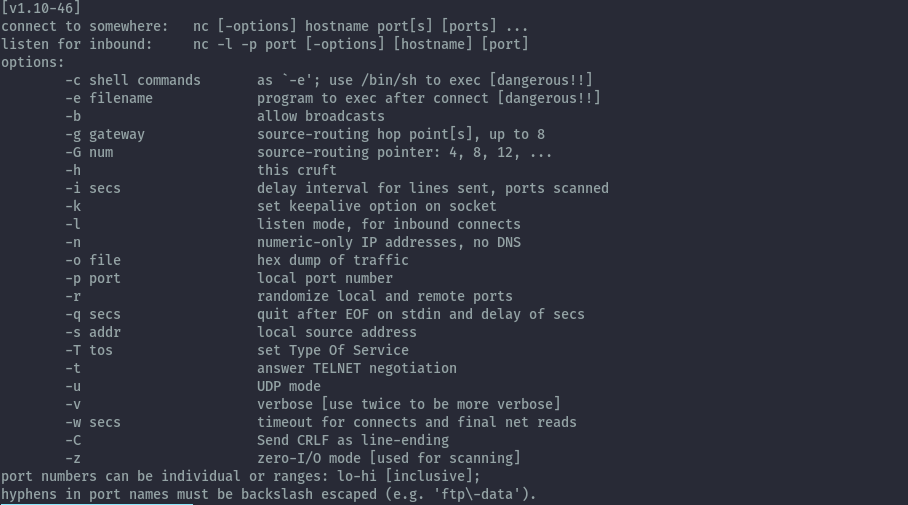

The -z switch prevents sending any data to a TCP connection and very limited probe data to a UDP connection, and is thus useful as a fast scanning mode just to see what ports the target is listening on.

Port Scanning:An example is “ nc -v -w 2 -z TARGET 135, 445” Netcat will try connecting to port 135 and 445 at the target. In the above image, netstat command shows that nc opened port 4444. Here -l used for listening and -p is for port and 4444 is the local port number to be opened. Port Opening:To open a particular port, netcat has its own command: nc -l -p PORT To demonstrate further, There are two machine: In the above picture left side help file is for linux and right side is for windows.
NETCAT FOR WINDOWS DOWNLOAD INSTALL
$ sudo apt-get install netcat-traditional netcat-openbsd On Ubuntu/Linux, Ubuntu synaptic package has netcat-OpenBSD and netcat-traditional packages available. On Windows, netcat can be downloaded from: It has been ported to a number of operating systems, but is most often seen on various Linux distributions as well as Microsoft Windows. Originally coded for UNIX, and despite not originally being maintained on a regular basis, Netcat has been rewritten into a number of versions and implementations. Created by a l33t only known as “Hobbit,” he gave away this tool to the IT community without compensation, but has received scores of accolades. Netcat was designed to be a network analysis tool. Introduction: If you are a penetration tester then netcat is one of the most used tools of yours. For over 20 years, this tiny but powerful tool has been used by hackers for a wide-range of activities. It’s so powerful and useful, that many people within the hacking community refer to it as the “Swiss Army knife of hacking tools.” Hobbit makes our habit to use this tool for black hat as well as white hat purpose.


 0 kommentar(er)
0 kommentar(er)
